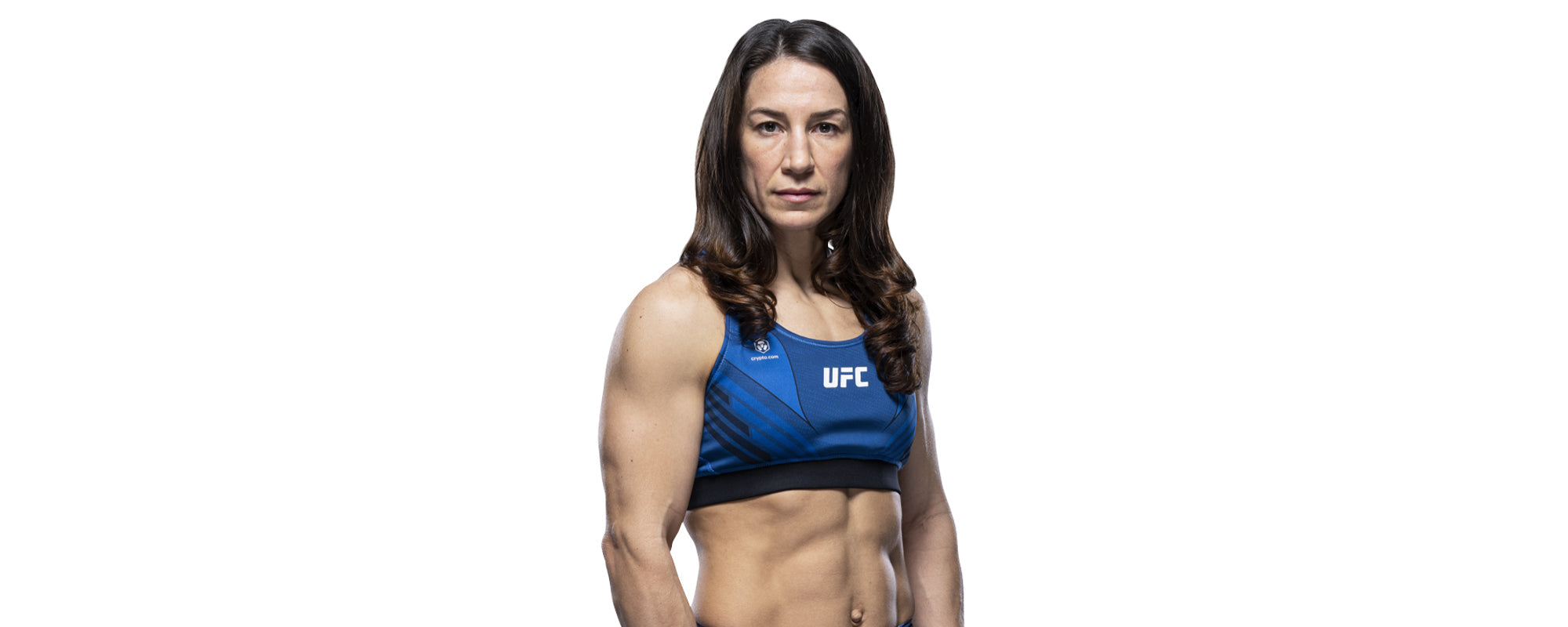Brazilian jiu-jitsu is a versatile martial art that provides multiple opportunities for grapplers. It is based on self-defense and submission holds. BJJ fighters focus on taking down the opponent, regaining control, and attaining the dominant position.
Taking the back of the opponent is one of the most significant positions. It is one of the most effective ways to take control of the opponent. In this article, we will explore effective ways of taking back control, and you will learn the tips for applying the back-take.
Table of content
1. Significance of Back Control

In Brazilian jiu-jitsu, back control refers to getting the proper control of the opponent from the back side. In the grappling sport, back control is the most dominant position. Basically, the fighter traps one of the opponent's arms and controls the opponent's torso. The lower body is gripped by the legs. The fighter places the legs in such a manner that restricts the movement of the legs. The grappler places the heels over the thighs and does not cross his legs.
The grappler can control the arm or both and control the back by sinking the BJJ heel hooks in the proper place. in this way, you can apply any of the submission methods, and the best part the opponent is unaware of it.
The back mount allows the opponent to do the following task:
- First, to take the opponent’s back in control.
- Attain the dominant position.
- Maintain the position effectively.
If the BJJ fighter takes back but does not maintain the position, they cannot properly submit the opponent. This article will unleash the secret methods that will help the grapplers in the bout.
2. Effective Ways to Maintain Back Control

The fighters first take back control of the opponent who needs special potential; this has two basic components. The first and most difficult part is to get at the back of your opponent, and the final move is to maintain control over the opponent.
Let us find out the five pivotal ways to maintain back control in jiu-jitsu.
2.1. Shoulder to Hip Control
The shoulder-to-hip control is imperative for the fighter to maintain the position. The BJJ fighter needs to grip the left arm to control the torso, and at the same time, the leg hooks will trap the right leg. This position creates the diagonal position, also known as the diagonal control . It gives you to take absolute control over the opponent.
As the opponent tries to escape from the back mout you are not required to take control over the whole body, the diagonal control will allow you to control the opponent head. Once you get in this position, take the other arm and hold the opponent’s wrist which is placed away from the side. By following this step the opponent will not be able to get back into the guard position.
Diagonal control or shoulder-to-hip control will keep the opponent in place. In addition, the opponent will not have room to roll over the other side. The sport of BJJ provides maximum opportunities that can also be implemented in mixed martial arts ( MMA ). The fighter can easily take the standing game into the ground sport to apply the submission.
2.2. Chest-To-Back (Seatbelt)
The third most important part is to apply the seatbelt grip, in which the fighter needs to maintain the connection with the opponent. The lower body gets in control with the hooks and the pivotal part is to stay in the dominant position. This is done while keeping the upper body (torso) connected to the back of the opponent.
The seatbelt involves the combined actions of the arms and legs. Most grapplers control the arms and legs but fail to maintain the chest-to-back connection. This is a major mistake that allows your opponent to escape.
2.3.Locking the Chin
Once you have maintained the connection between the torso and the back, the next step is to place the chin properly. The fighter needs to keep the chin locked in place by placing it at the back of the opponent’s head or shoulder.
Locking the chin will allow you to maintain back control over the opponent. If the opponent wants to shrimp , the locked chin will prevent the movement of the opponent. The opponent's spine will stay in place. This step ensures proper control over the opponent's back.
2.4. Two on One Grip
The two-in-one grip is a method that restricts the movement of the opponent, and you can stop them from escaping. This is the method that is specifically used in wrestling. In this position, the fighter controls the opponent’s arms. The fighters needs to secure the grip of the wrist.
The fighter controls one side of the opponent’s hip and the other side of the arm. He needs to use the free arm and hold it with only one hand. That is why it is called a two-one grip.
With the two-on-one technique, you can apply any submission or switch to the choke. It provides multiple opportunities, including the execution of the triangle choke.
2.5. Execution of Choke
It is recommended to maintain proper control over the hands of the opponent. One of the hands is under your armpit, and the other opponent’s hand is under the control of the other hand. The next step is to apply the choke .
The opponent cannot escape, as both hands are under the fighter's control. Suppose you have taken back control of the opponent and left one of his hands, which will create drastic results. The opponent will try to escape while dragging his trapped arm, and he will start the hand fight.
On the other hand, if both of his arms are under your control,, you can execute the choke, employ the triangle choke, or execute the rear naked choke (RNC). Note that the rule is to keep the hand at the top to win the fight.
This step will increase the rate of success. As the opponent is locked in the grip, he will focus on escaping, but if you do not let them move, it will create the pressure of being choked. In this way, the opponent will not think of escape but will be engulfed in thoughts of being choked.
The method of threatening the opponent with the choke works very well and provides maximum advantages not only in jiu-jitsu but also in MMA. You can apply the bow and arrow choke or even go with the collar choke.
3. Taking the Back from Standing Position
In MMA, taking the back from standing is one of the most effective tools. The top contenders apply multiple ways to hold back the mount position. The fighter can do the arms drags, and the fighter needs to jump at the back of the opponent. The next step is to sink the jiu-jitsu hooks to take proper control over the opponent. This way, you can take your opponent to the ground and prevent them from escaping.
4. Avoid Common Mistakes

Let us figure out some of the common mistakes while taking the back of the opponent:
- Back control is the dominant position that also requires a focus on the small details.
- If you are not applying the above-mentioned techniques, then you will face difficulties.
- Most of the fighters are not confident enough and rush to apply the submission.
- Skipping the crucial step of trapping the arms and hand of the opponent.
- If the hooks are not applied properly, the fighter can easily transition.
- If the hands are not secured properly, then the opponent will start hand fighting.
5. Tips to Maintain Back in Control

While taking the back, the fighter shows ultimate power in the BJJ competitions. The following tips should be kept in mind while you are in the back control position:
- Take back control and prevent the opponent from rotating
- Take control over the arms and shoulders
- Focus on the shoulders and hip movement.
- Once you take control over the shoulder, you can restrain the movement of the head as well.
- The jiu-jitsu heel hooks are the waist trap.
- Break the posture of your opponent.
- Maintain the position by controlling both of their hands.
- Practice the different controls to increase the striking power.
6. Final Words
If you want to be an expert in taking back control, you need to practice with a lot of patience. Back control provides maximum opportunities if the fighter maintains the position. Remember, achieving back control and maintaining the same position are two different things.
Taking back control is a very strenuous task. To get at the opponent's back, the drills and positional sparring also work very well. Use the described tips and methods to enhance your BJJ arsenal and improve your performance on the podium.









Leave a comment
This site is protected by hCaptcha and the hCaptcha Privacy Policy and Terms of Service apply.